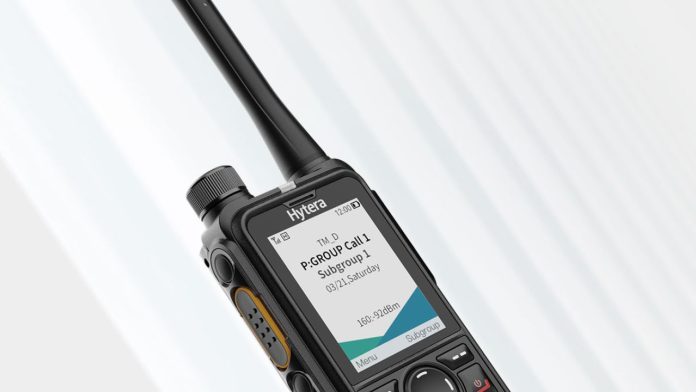A common term for simply “walkie-talkies,” walkie-talkies are small, portable two-way radios designed for efficient, quick communication. First designed for military use during World War II, these portable devices have evolved into versatile communication tools with applications in both business and leisure settings.
Real-time communication is possible between users of a standard talkie walkie, which is a tiny device with a speaker, microphone, and antenna. Simple push-to-talk technology makes it user-friendly. Walkeracopees are ideal for a range of situations because of their basic functionality and features, like long-range and multiple channels.
Can You Track Walkie Talkies?
The particular features and technologies built into walkie-talkies determine their traceability. Conventional analog walkie-talkies usually function on open frequencies, which allows the right person to listen in on the conversation if they have the necessary equipment. On the other hand, most of these devices lack real-time physical location tracking built into them.
However, some contemporary digital walkie-talkies, particularly those used in business or industrial environments, might be able to track your location using the GPS (Global Positioning System). For companies that need to keep an eye on their team members’ whereabouts in real time, this feature can be quite helpful.
Use of Walkie-Talkies in an Emergency
Indeed, in an emergency, walkie-talkies can be very useful. When other channels of communication, like cell phones, might be unreliable or unavailable, they offer a dependable way to communicate. Walkie-talkies can be helpful in emergencies for the following reasons:
Direct Communication:
Walkie-talkies make direct communication possible, which is essential in an emergency. They avoid problems with infrastructure by using radio frequencies. They are battery-operated, instantaneous, and geared toward groups. Some make use of specific emergency frequencies to guarantee open channels. Variable ranges provide effective communication even in the event that other means are compromised, accommodating a variety of scenarios.
No Dependence on Infrastructure:
Walkie-talkies are dependable in an emergency because they function independently of conventional communication infrastructure. Walkie-talkies use radio frequencies instead of cell phones, which rely on networks; this ensures that they will still work in the event of infrastructure damage or overload. This independence is essential for preserving communication in emergency situations where traditional systems might malfunction.
Instant Communication:
Instant communication is provided by walkie-talkies, which is crucial in an emergency. They allow for quick and direct communication without the waits associated with dialing or waiting for connections. This promptness is essential for organizing swift action initiatives, guaranteeing effective communication between emergency personnel, and supporting sound decision-making in changing circumstances.
Group Communication:
In an emergency, group communication is crucial, and walkie-talkies help with that. They facilitate smooth communication between responders or team members, encouraging cooperation and prompt decision-making. Group communication through walkie-talkies is especially helpful in search and rescue operations and during evacuations. It guarantees that everyone is informed and connected, improving overall effectiveness.
Portable and Battery-Powered:
Because they are battery-operated and portable, walkie-talkies are perfect for emergencies. Their battery-operated design guarantees functionality in areas with limited power sources, and their compact design facilitates easy mobility. Because it is portable, responders can stay in contact and coordinate efforts even in the face of infrastructure difficulties, which is vital during emergencies.
Dedicated Frequencies:
The use of dedicated frequencies by certain walkie-talkies is essential in an emergency. Utilizing dedicated emergency service channels reduces noise and guarantees effective communication. This feature makes walkie-talkies more dependable and efficient in emergency scenarios, facilitating smooth coordination between emergency personnel and responders.
Range:
Different walkie-talkie ranges are essential for efficient communication during emergencies. Responders can maintain connections over short or long distances thanks to the flexibility of different models, which makes them useful tools for coordinating efforts in a variety of dynamic and varied situations.
Final words
When an emergency arises, walkie-talkies are an essential tool. Their efficacy is largely due to their direct communication, battery-powered operation, and instantaneous communication, independence from infrastructure, group coordination abilities, portability, and usage of dedicated frequencies. Because of these characteristics, walkie-talkies are dependable tools for enabling prompt and coordinated reactions during emergencies.












